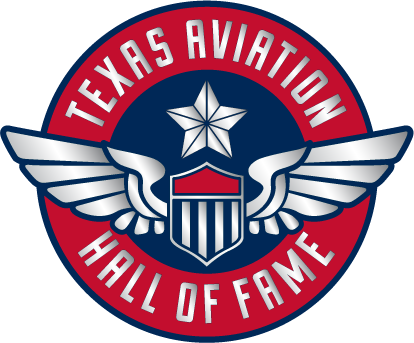Aviation Week – HOUSTON — New Lone Star Flight Museum CEO Douglas H. Owens pledges a strong STEM theme and a commitment to keep a modest but mostly flyable collection of historically significant aircraft airworthy as the gallery transitions from its first home in Galveston to Houston’s Ellington Airport.
The move to the new $38 million, 138,000-sq.-ft. museum facility—including two large hangars for 15 to 20 featured aircraft, flight line access, class and meeting rooms and a 250-seat auditorium—should be complete in time to open to the public in the late summer of 2017.
Positioned near the entrance to Ellington, the two-story museum will share the 2,200 acre, multi-user municipal airport—that opened originally as a military airfield in 1917—with Spaceport Houston, NASA, the U. S. Coast Guard, Texas Air National Guard, Army Air Guard and a fixed base operator.
“What we will try to do is teach history through science and science through history in a way that will make learning fun so that a youthful audience will come in and experience the museum and the other things we offer with it, while they are having fun,” Owens said. “They will learn in spite of themselves. It will create an environment in which they will want to come back and learn more.”
Owens retired to the Texas Hill country in 2013 after 33 years in the Air Force, including an assignment as vice commander of the Air Force Air Education and Training Command, a position in which he helped manage an $8 billion budget, 66,000 employees and 1,400 aircraft worldwide.
The museum’s move from Galveston’s Scholes Field was prompted by Hurricane Ike, the September 2008 storm that made landfall in the island city and produced an estimated $27 billion in damages to the Houston region and beyond. The new museum’s stout steel superstructure and concrete tilt wall construction are a response to the Ike’s 110 mph sustained winds.
“You can have a lot of flying debris and still be safe,” said Susanna Kartye, the construction project manager.
The aircraft that are making the move from Galveston include a B-17 Flying Fortress, a North American B-25, P-47 Thunderbolt as well as Boeing Stearman and PT 19 Fairchild military trainers, all flyable.
When complete, the new site will feature two large hangars, Heritage and Waltrip, named for museum founder Bob Waltrip, a Houston businessman and founder of Service Corporation International, whose own aircraft collection became the museum’s genesis.
The Waltrip Hangar will feature a large maintenance area, all of which will be viewable from a second floor walkway.
“Most of our fleet flies. We have a significant shop that will allow us to continue to do the fabrication that keeps those planes flying,” said Owens, who envisions the opportunity to fly in a warbird as a significant draw for museum patrons.
A 60-ft.-wide ramp, part of the new construction, leads to a series of taxiways leading to Ellington’s main ramp and a family of runways 9,000, 8,000 and 4,600 feet long. Flight operations are supported from an Air Traffic Control Tower in service around the clock.
The museum will also feature an aviation learning center patterned after a similar facility at the Seattle Museum of Flight. The learning center will host groups of 20-30 students in a small hangar housing a Mooney donated airplane and 10 flight simulators.
The facility, tailored to those in grades 5 through 12, will offer instruction in the basics of flight, weather and flight training in order to prepare student visitors to plan an “out and back” from Houston to a nearby destination. Next, comes a preflight walk around of the Mooney, which will be intentionally configured with operational short comings the students will be expected to identify.
Two students in the group will then climb aboard the stationery Mooney flight trainer, while the remainder take their places in the simulators for a virtual “out and back.”
The museum also is home to the Texas Aviation Hall of Fame, an initiative of the state’s legislature and then Gov. George W. Bush in 1999. The Hall, a casualty of Hurricane Ike, will be revived at Ellington to honor its more than 60 men and women members, among them NASA astronaut and Apollo moon walker John Young, aviation pioneer Howard Hughes, Southwest Airlines founder Herb Kelleher, and the Women Air Force Service Pilots, of World War II.
